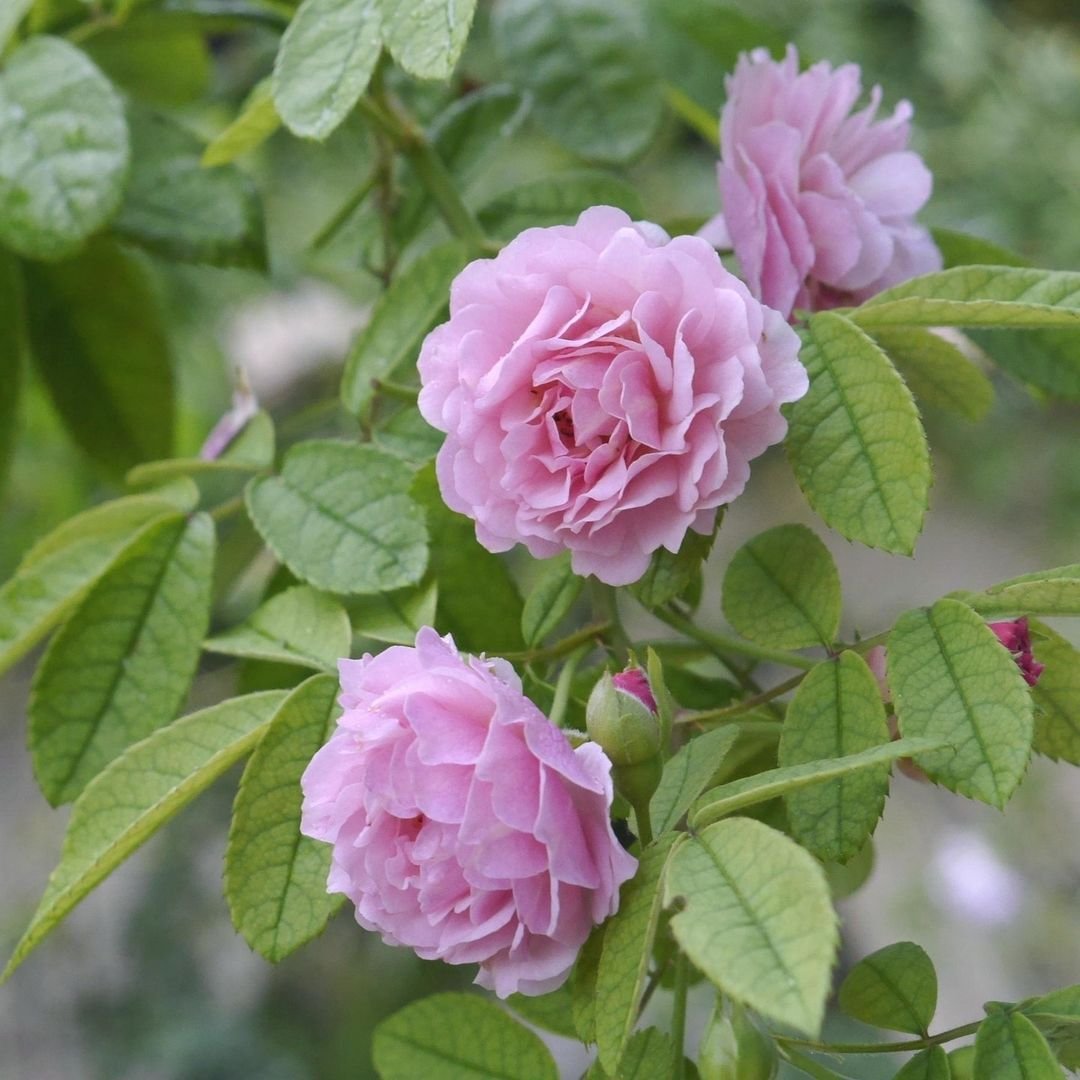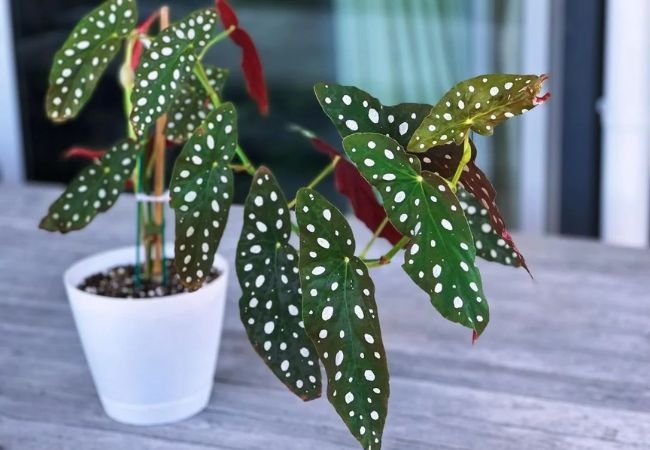Discover how to grow and care for the Cornelia flower, known for its elegant appearance and vibrant colors. Get essential tips on planting, maintenance and making the most of this beautiful plant in your garden.
The Cornelia flower, with its delicate petals and vibrant hues, is a stunning addition to any garden. This elegant bloom has captured the hearts of many gardening enthusiasts. In this guide, we’ll explore everything you need to know about growing and caring for Cornelia flowers, ensuring your garden flourishes with these beautiful blossoms.
Here’s a chart with detailed information about the Cornelia rose, which is often referred to simply as “Cornelia”:
| Category | Information |
|---|---|
| Botanical Name | Rosa ‘Cornelia’ |
| Common Name | Cornelia Rose |
| Plant Type | Deciduous Shrub (Hybrid Musk Rose) |
| Hardiness Zone | Zones 5-9 |
| Sun Exposure | Full Sun to Partial Shade |
| Soil Type | Well-drained, fertile soil |
| Watering | Moderate; water regularly during the growing season |
| Growth Habit | Arching, bushy, or climbing |
| Height/Spread | 6-12 feet tall, 4-6 feet wide |
| Special Features | Clusters of soft pink to apricot blooms; Fragrant; Repeat flowering; Attracts pollinators |
What is the Cornelia Flower?

The Cornelia flower, scientifically known as Cornelia officinalis, is a species of flowering plant native to East Asia.
It’s known for its:
- Vibrant yellow flowers
- Early spring blooming period
- Medicinal properties in traditional Chinese medicine
These charming flowers are often used in ornamental gardens and are particularly popular for their ability to bloom early in the season, bringing color to gardens when many other plants are still dormant.
Growing Conditions for Cornelia Flowers
To successfully grow Cornelia flowers, you need to provide the right conditions:
Soil Requirements
Cornelia flowers prefer:
- Well-draining soil
- Slightly acidic to neutral pH (6.0-7.0)
- Rich in organic matter
Improving your soil quality can significantly boost the health and appearance of your Cornelia flowers.
Sunlight Needs
These flowers thrive in:
- Full sun to partial shade
- At least 6 hours of direct sunlight daily
In hotter climates, some afternoon shade can protect the flowers from scorching.
Climate Considerations
Cornelia flowers are hardy in USDA zones 5-8, making them suitable for a wide range of climates. They can tolerate:
- Cold winters
- Mild summers
- Brief periods of drought once established
Planting Cornelia Flowers
Follow these steps for successful planting:
- Choose a suitable location based on sunlight and soil conditions.
- Dig a hole twice the size of the root ball.
- Place the plant in the hole, ensuring it’s at the same depth as it was in its container.
- Backfill with soil, gently firming it around the roots.
- Water thoroughly after planting.
For best results, plant Cornelia flowers in early spring or fall.
Caring for Your Cornelia Flowers
Watering
- Water deeply once a week, especially during dry spells.
- Avoid overwatering, as this can lead to root rot.
Fertilizing
- Apply a balanced, slow-release fertilizer in early spring.
- Organic mulch can also provide nutrients as it breaks down.
Pruning
- Prune after flowering to maintain shape and encourage bushier growth.
- Remove any dead or diseased branches as soon as you notice them.
Winter Care
- In colder regions, apply a layer of mulch around the base of the plant for winter protection.
- Consider wrapping the plant in burlap if extreme cold is expected.
Common Problems and Solutions
Pests
Cornelia flowers can sometimes be affected by:
- Aphids
- Spider mites
Solution: Use insecticidal soap or neem oil for organic pest control.
Diseases
Watch out for:
- Leaf spot
- Root rot
Solution: Ensure good air circulation and avoid overwatering. Remove affected parts promptly.
Using Cornelia Flowers in Your Garden
Cornelia flowers are versatile and can be used in various ways:
- As border plants
- In rock gardens
- As part of a woodland garden design
- For early spring color in mixed beds
Their yellow blooms pair beautifully with early-blooming bulbs like crocuses and daffodils.
Propagating Cornelia Flowers
You can propagate Cornelia flowers through:
- Division: Divide mature plants in early spring or fall.
- Cuttings: Take softwood cuttings in late spring or early summer.
- Seeds: Collect seeds after flowering and sow in autumn.
Propagation techniques can help you expand your Cornelia flower collection or share with fellow gardeners.
Growing Cornelia flowers can bring a touch of elegance and early color to your garden. With the right care and attention, these beautiful blooms will thrive, rewarding you with their vibrant display year after year. Whether you’re a seasoned gardener or a beginner, Cornelia flowers are a delightful addition to any outdoor space.
Remember, gardening is a journey of learning and enjoyment. Don’t be afraid to experiment and find what works best in your unique garden environment. Happy gardening!






